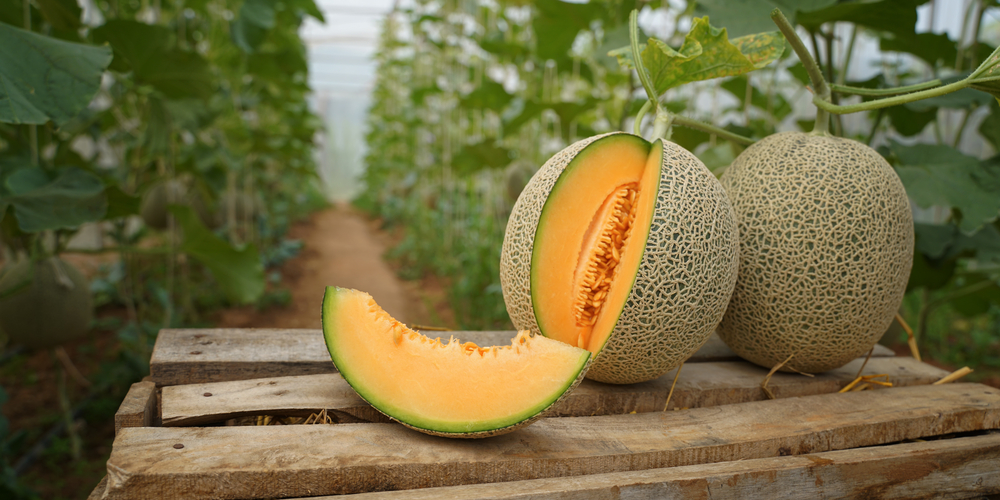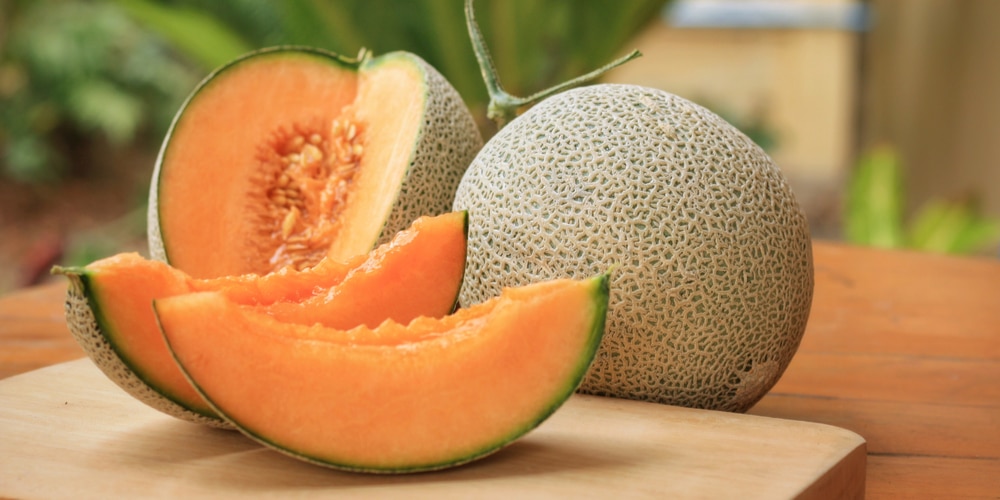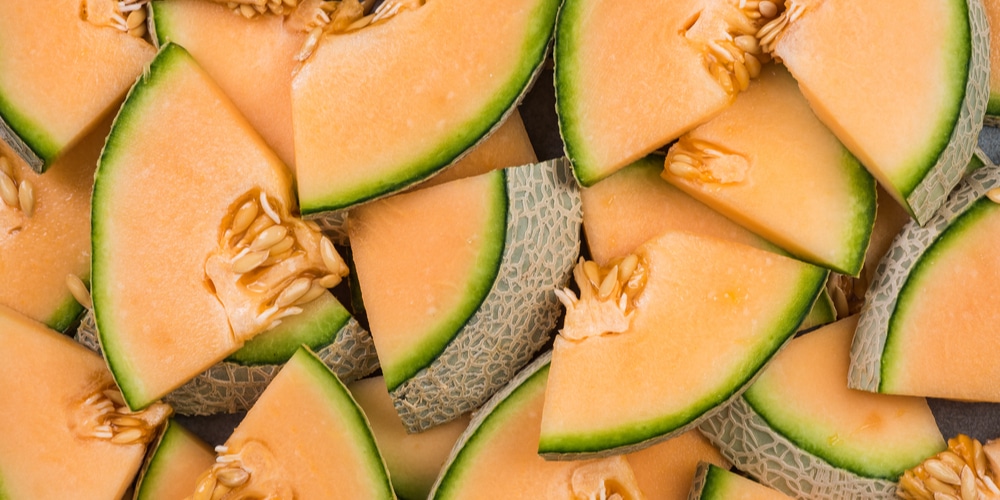Can You Grow Cantaloupe In A Greenhouse? Yes, it is in fact quite simple to grow melons like cantaloupe in greenhouses provided you stick to the instructions and guidelines. The following lines discuss the way in which you can ensure proper growth of cantaloupe plants inside a greenhouse.
Cantaloupe Planting Guide

So, when asked can you grow cantaloupe in a greenhouse, the answer lies in all the different measures you are willing to take to enable this melon variety to grow in your greenhouse. Here are the guidelines to follow while planting cantaloupe in your greenhouse:
- Soil for Growing Cantaloupe– Cantaloupe, being a melon variety, requires organic and rich soil to grow in a healthy way. Richness is soil can be increased by adding manure and compost to it. Before planting cantaloupe in your greenhouse, you have to select a proper location in it with damp soil and sufficient sunlight. However, there should be no waterlogging issue in your selected location. The soil pH should range between 6.0-6.5 for proper development of these plants.
- When And Where To Plant– You can either plant cantaloupe into containers or into the soil directly. The most appropriate time for planting seeds of this plant is somewhere between April to May. To plant the seeds in pots you must select pots with depth of at least six inches, and plant the seeds approximately 1/2 inch deep into the soil of the pots.
- The Germination Process– Keep watering the cantaloupe plants lightly to allow germination of seeds. Do not over-water the plants when you see seedlings appearing because it can lead to splitting of the cantaloupes. Try to focus on the roots while watering.
When you observe that the cantaloupes are growing taller, you should pinch out the shoots that appear on the side of these plants. This will enable the plant to focus on the growth of the main shoot instead of the side shoots.
- Providing Support– For those of you who choose to plant cantaloupe in pots, once true leaves start appearing on the seedlings, you have to shift them into larger containers or plant them directly into the bed you raised inside your greenhouse. The roots of cantaloupes are deep, and they can spread very deep into the soil in search of food. That’s why these plants require more space as they keep growing.
Another important point to note is that you have to provide support to cantaloupe plants using wooden sticks or wires. This is because these are vine plants that require sufficient support for proper growth.
Greenhouse Temperature For Growing Cantaloupe
The ideal temperature that you must maintain inside the greenhouse should range between 59F or18C and 73F or 23C. The average temperature of the soil to get best yield should be maintained at 21C (or even higher).
The Watering Rules
As mentioned earlier, it is best to water the roots or base of these plants, ensuring that the foliage doesn’t get wet. This is because the leaves of melon variety plants tend to contract fungal infections easily, which will consequently drop the quality and size of the yield.
Also, water the plants once a day until they start growing in size, after which they should be watered two times a day, especially during the summer months.
Greenhouse Ventilation for Cantaloupe Growth
The conditions inside a glasshouse can turn out to be extreme when the summer months arrive. You can prevent cantaloupes from being damaged due to the heat by increasing the humidity levels inside your greenhouse.
To do this you can either place a bucket with water in it inside the glasshouse (right in the center), or water the paths in the greenhouse in the early parts of the morning. But remember to keep the doors and windows open all through the day to ensure proper ventilation and avoid fungal infections on these plants.
Cantaloupe Pollination inside a Greenhouse
For pollination, the natural process through insects is quite difficult inside a greenhouse because it barricades the insects from entering. That’s why you must pollinate these plants manually with the help of a soft, small brush (preferably paintbrush) to brush every flower lightly. Perform this process at midday as the humidity level is high during this time of the day.
Once a few days have passed, you will find that the female flowers have embryonic cantaloupe growing behind them. This way you can distinguish the male flowers from the female ones, and remove the former to prevent them from sapping the plants. Consider adding seaweed extract with potash (high) fertilizer for better yields.
Can You Grow Cantaloupe In A Greenhouse: Conclusion
Cantaloupes take their own time to ripen, and the average time span for ripening of this fruit can be approximately 3 weeks. Once you hear a ‘dull thud’ on tapping the fruit, you will know it has ripened.
The cantaloupe will also stop growing bigger once it has ripened. Do not wait for the cantaloupe to separate from its vine because by that time the fruit will have become rotten from the inside.

